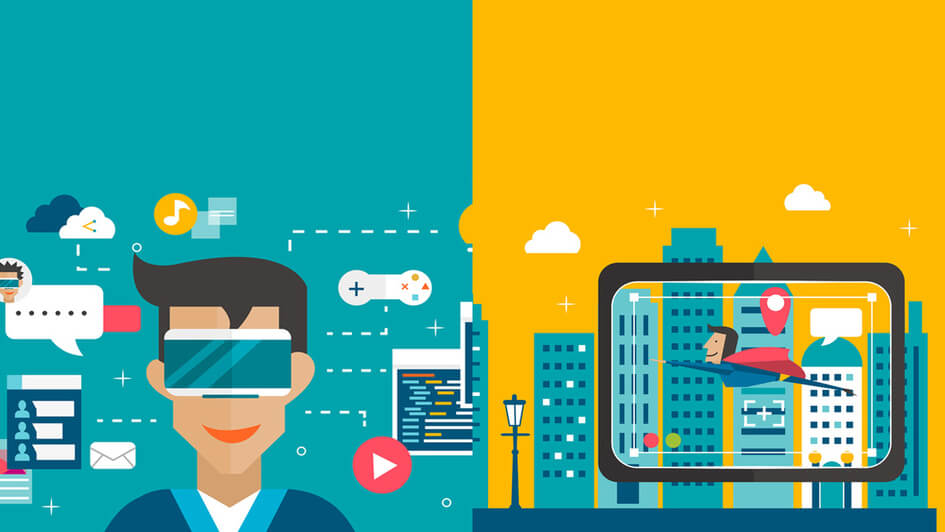
AR and VR are about to bring a drastic change in the lifestyle of humans. For the matter of fact have already brought in the change. Once an innovation without bounds, the truth is presently being utilized as a part of everything from PC gaming to antiquarianism and therapeutic research.
What is Augmented Reality?
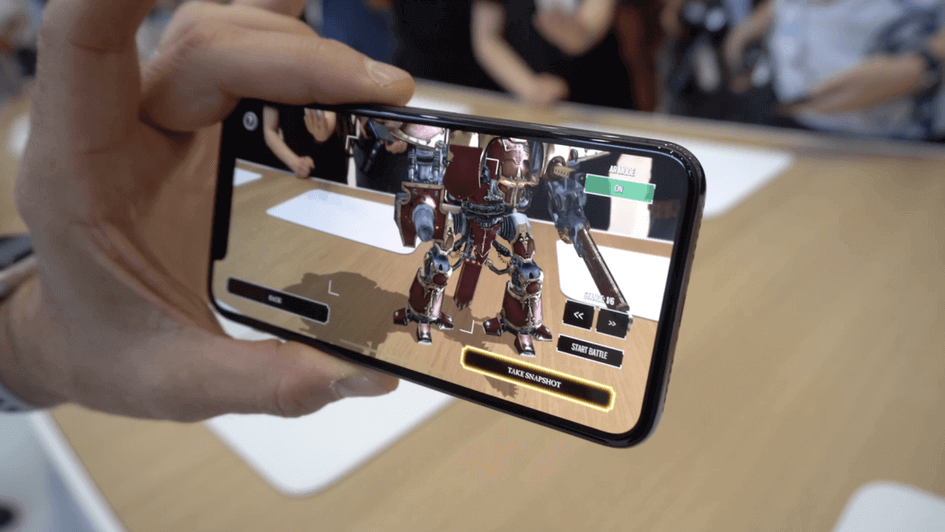
Developed by the US Air Force in 1992, Augmented Reality (AR) is a next-level interaction with the real world entities, where the computer-generated perceptual information is enlarged over various tangible modalities, sound-related, including visual, olfactory, somatosensory, and haptic.
What does AR do?
The essential estimation of AR is that it brings segments of the computerized world into a man’s view of this present reality, and does as such not as a basic show of information, but rather through the incorporation of immersive vibes that are seen as common parts of a domain.
What is Virtual Reality?
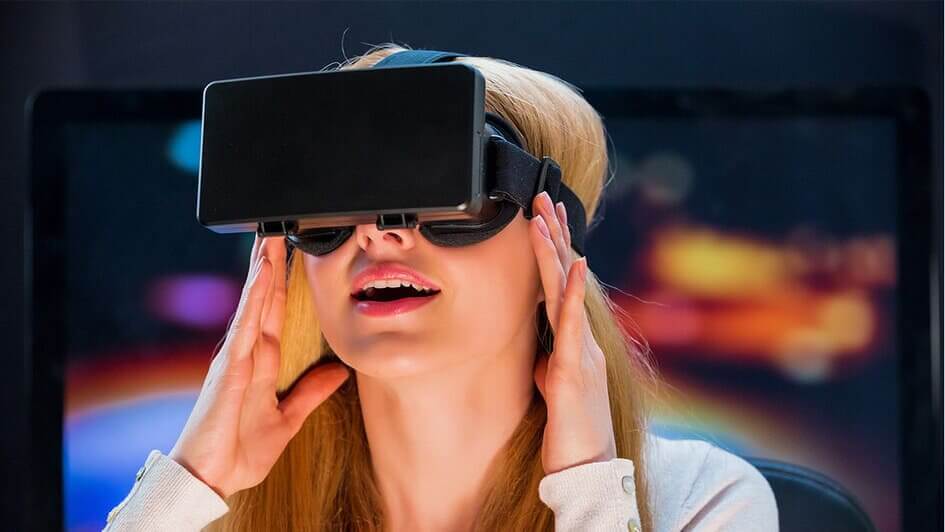
The Sensorama (the early form of virtual reality) was introduced in 1957 but was put into action in 1962. Virtual Reality (VR) is a situation that is created with programming skills and exhibited to the user in such a way that the user experiences it as a genuine and real-world surrounding. It can be sensed with sound & sight.
What does VR do?
We believe what we see. Thus VR with the help of stereoscopic display creates a 3D world which allows the users to experience the actual look & feel of that particular display. The different angles, depth parallax & shading techniques used in VR create a lifelike experience.
Augmented Reality vs Virtual Reality: The Similarities
- AR and VR both use a portion of similar kinds of innovation, and they are used to serve the client with an upgraded or improved understanding.
- The two advancements empower encounters that are ending up more regularly than expected for businesses, entertainment purposes & training. The market leaders are continuously growing new adjustments, enhancements, and launching an ever-increasing number of items that are helping these innovations.
- There is no AR vs VR for the medical sector. Both technologies have awesome potential in changing the scene of the restorative (medical) field by making things, for example, remote medical procedures a genuine possibility.
Augmented Reality vs Virtual Reality
- Purpose: AR is used to enhance to add digital info or data to something. Whereas VR is used to create a simulated environment.
- Usage: AR is used in apps & games for more entertainment purposes. E.g. PubG. Whereas VR is used to view that is actually not in front of you. An unreal world.
- Technology: AR works by consolidating present reality with the virtual world. Designers make pictures or sounds in applications so it blends with this present reality content. Whereas, VR makes its own existence that is PC produced and driven.
- Devices: AR is generally experienced in smartphones, laptops, projectors. To experience VR you need a head-mounted glass & a mouse like a hand controller.
Augmented Reality vs Virtual Reality: The Future
To effectively vanquish the difficulties required with working out augmented reality and virtual reality innovations while staying aware of market desires, organizations might need to consider banding together with experienced sellers who can furnish complete results improving the designing capacities.
Well, AR and VR have the capacity to hit the market giving competition to each of the technology, as about 90% of the companies in the market anticipate that the industry will help meet AR/VR requirements — from creating plans to full assembling capacities. #ARnVRTheNextGenerationTechnology.
Augmented Reality vs Virtual Reality: The Conclusion
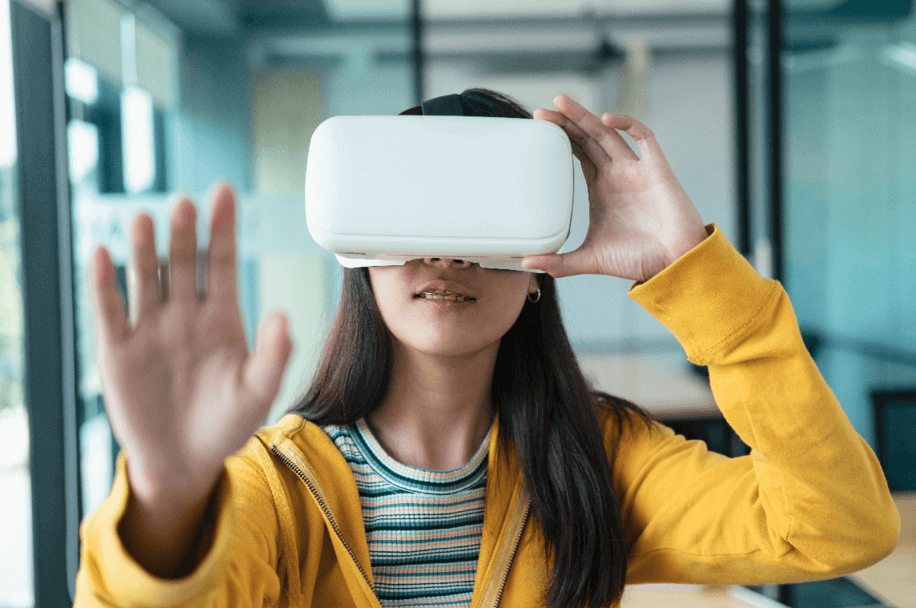
AR and VR are not new ideas. They have portrayed in motion pictures, in the late 90’s. Both of the advancements are gaining a ton of media consideration and are delivering gigantic development. It’s imperative to comprehend their likenesses and contrasts, with a specific end goal to apply them to the organizations and end-users.
AR and VR can completely change existing markets and plans of action. In any case, there are a few limitations of receiving Augmented & Virtual reality: Content development, UX, and applications. The cost of development is the iceberg to be breached. They must be managed to keep in mind the end goal to bring innovation to a more extensive group of onlookers.
Have doubts about AR and VR, ask us your questions in the comments. Also, let us know your views on AR & VR.

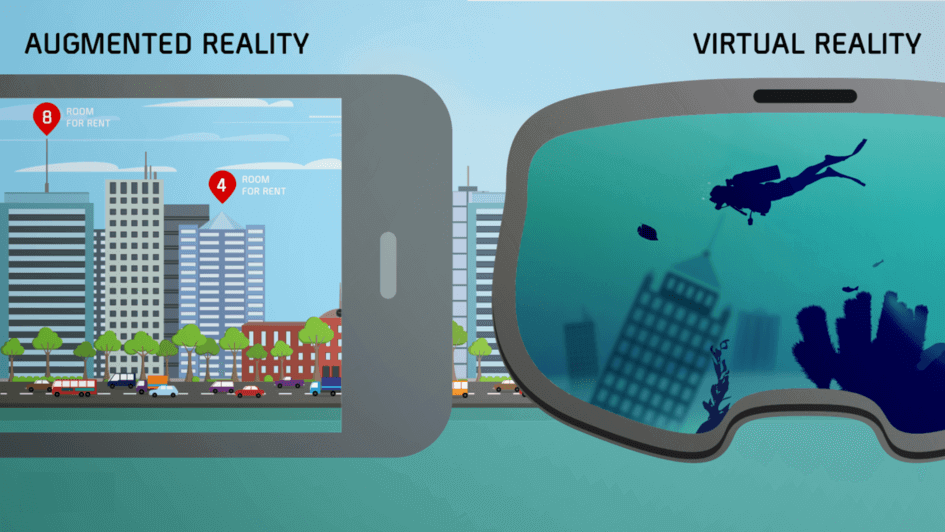





 Indonesia
Indonesia
 Botswana
Botswana
 USA
USA
 Italy
Italy
 Panama
Panama




 USA
USA UK
UK Saudi Arabia
Saudi Arabia Norway
Norway India
India Australia
Australia